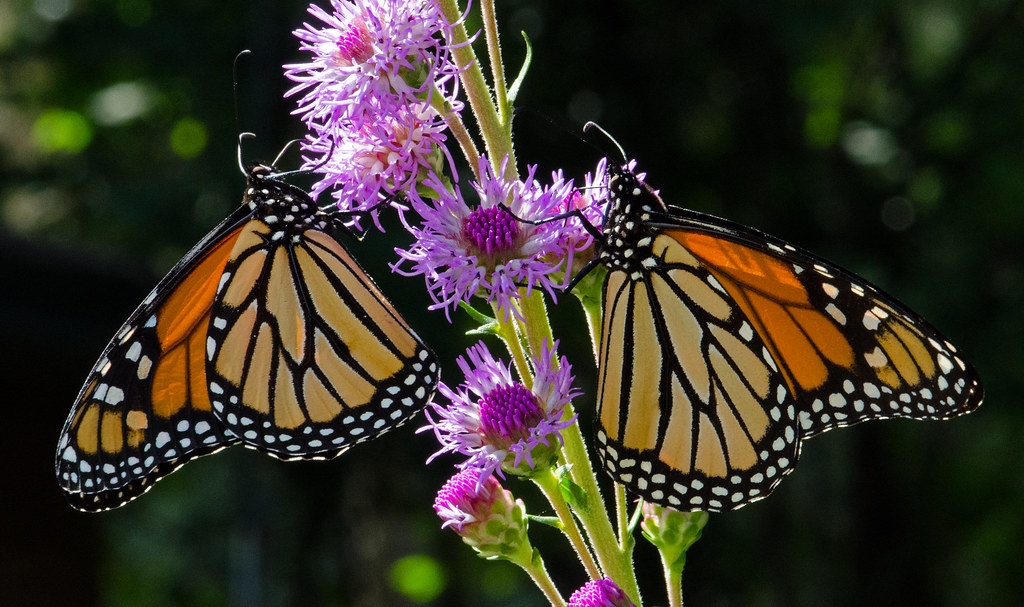
One of the most iconic species in
the Antarctic is the emperor penguin. A study that was recently published in
the journal entitled Biological Conservation called for additional protection
and conservation for the species. The researchers from this study looked at
over 150 studies on the iconic species. More specifically, they focused on the
emperor penguin’s environment and how they behave in terms of their breeding biology.
It was found that one of the major negative impacts on the species is climate change
and its projections. The breeding sites of emperor penguins will be negatively affected
by rising temperatures and changes in wind patterns. It is projected that
emperor penguin populations will decrease by more than 50% over the century.
One of the main factors in this
article that relates to the course is climate change. We’ve seen an increasing
number of negative impacts that climate change has directly on ecosystems, one
of which being the emperor penguin. Humans are a key contributor to climate change
and yet, most are barely aware of the impacts they have on the environment. Our
inability to seek cleaner resources and reduce our carbon footprint is causing
the extinction of many species and putting others at risk of extinction.
Emperor penguins are endemic to
Antarctica, meaning this species is particularly
vulnerable to changes in the environment since they require
specific factors for the survival of their species. Their ability to breed in
the most inhospitable region on earth speaks volumes of its incredible adaptation
skills. Currently, the emperor penguins are dealing with periods of irregular
weather patterns, with periods of cooling and warming that are unprecedented.
It’s a shame that humans have put so many species at risk, and I hate to think
about the irreversibility of this problem. Colonies of emperor penguins may be
lost because of their inability to survive these changes in warming. I agree in
moving up the emperor penguin’s status from ‘near threatened’ to ‘vulnerable’ in
hopes of bringing more attention to this situation, but it’s difficult to think
about how conservation efforts might not be enough or efforts might be too late.





